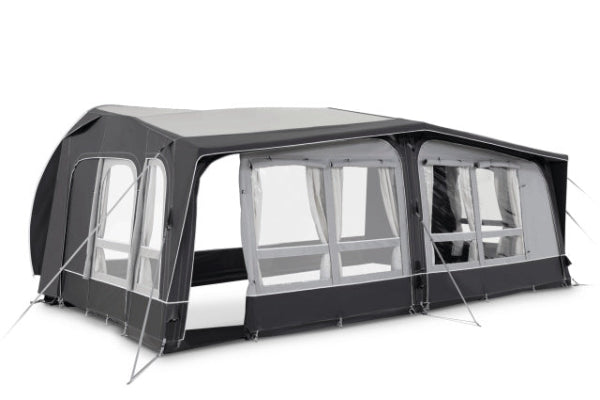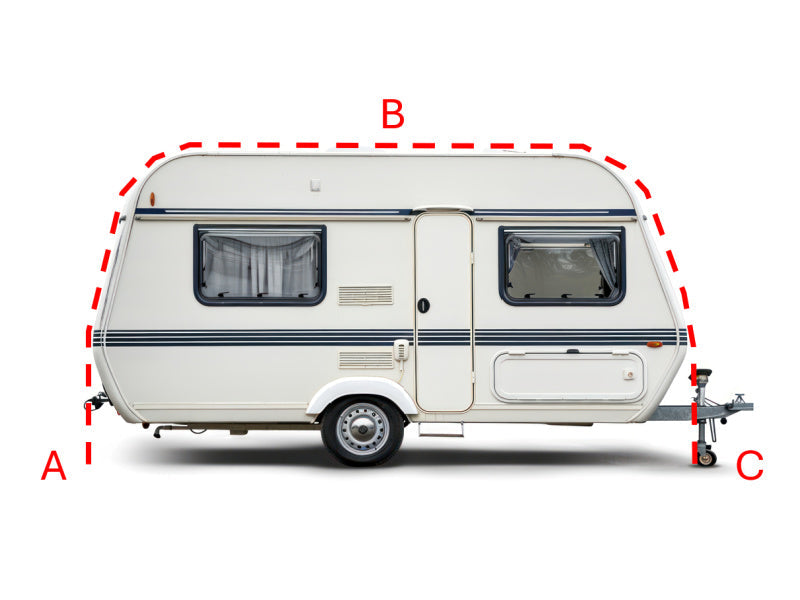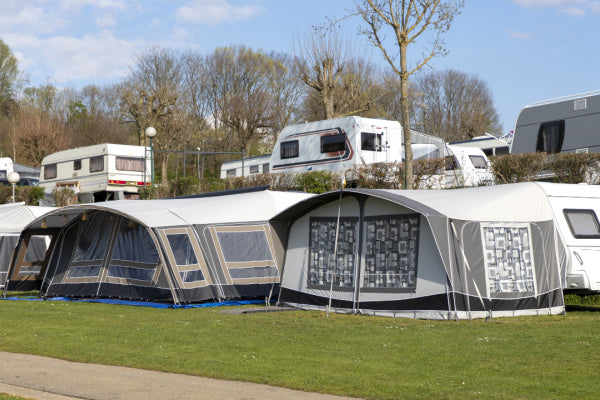Portable Power Stations: Pros and Cons
Thinking of getting a portable power station? Great idea—until you realise they’re not all sunshine and power-ups. While handy, they come with some serious drawbacks. Limited power, slow charging, and hefty price tags are just the beginning. Keep reading to discover the full scoop!

Financial & Investment Considerations
Portable power stations can be a big investment, and it’s important to look at both short-term costs and long-term value.
The Initial Price Tag: A Significant Upfront Cost
One of the biggest drawbacks of portable power stations is their high initial cost. While they can save you money over time compared to traditional generators, many models—especially those with higher capacities—can cost upwards of £1,000. This can be a tough pill to swallow for many potential buyers.
Cost Per Watt-Hour: Evaluating Long-Term Value
When considering the cost of a portable power station, it’s helpful to evaluate its cost per watt-hour (Wh). The larger the battery capacity, the higher the price. If you’re primarily using it for light devices, a smaller model might be more cost-effective in the long run.
Battery Replacement Costs: Factoring in Future Expenses
Battery life is a key consideration. Over time, the battery will degrade, and you may need to replace it. This can be an expensive undertaking, especially for high-capacity models. It’s essential to factor this into the total cost of ownership.

Performance and Capacity Limitations
While portable power stations are versatile, their energy storage and performance can be limiting, especially in high-demand situations.
Limited Energy Storage: Will It Last Through an Outage?
A major limitation of portable power stations is their finite energy storage. Depending on the power consumption of your devices, they may only last for a few hours before needing a recharge. This can be problematic during long power outages or extended outdoor trips.
Understanding Watt-Hours (Wh) and Your Needs
The performance of a portable power station depends on its watt-hour rating. The more watt-hours (Wh) it offers, the longer it can power devices. However, you need to assess your needs—if you only need to charge a phone or laptop, a smaller capacity may suffice.
Real-World Capacity vs. Advertised Capacity
Many power stations advertise their watt-hour ratings, but the real-world capacity can vary depending on usage and the devices you’re powering. Expect some discrepancies between the advertised figures and actual performance, especially when multiple devices are being powered simultaneously.
Output Power Constraints: Can It Run Your Essential Appliances?
Another consideration is whether a portable power station can handle essential appliances. It’s important to understand its output power limitations and whether it’s sufficient to run items like fridges, medical equipment, or power tools.
Continuous vs. Peak Wattage: A Critical Difference
Some devices have a peak wattage that’s higher than their continuous wattage. Portable power stations can struggle to keep up with these peak demands, potentially leading to power failure when trying to run certain devices like air conditioners or power tools.
Issues with High-Drain Devices (e.g., AC units, power tools)
High-drain devices, such as air conditioners or power tools, require significant power. Many portable power stations simply cannot handle the load required by these devices, meaning you may need to look for specialised models or consider traditional generators.
Battery Lifespan and Degradation Over Time
The battery lifespan is another key factor. Over time, the battery will lose its ability to hold a charge, reducing its overall capacity and runtime. Understanding this degradation process is essential when considering long-term usage.
The Impact of Charge Cycles
Each time you recharge a portable power station, it counts as a charge cycle. With each cycle, the battery’s capacity depletes. Most power stations have a finite number of charge cycles before the battery starts to degrade significantly.
How Usage Habits Affect Longevity
Your usage habits directly impact the longevity of your power station. Frequent use, deep discharges, and exposure to extreme conditions can shorten the lifespan of the battery. Taking good care of your device can help extend its performance over time.
Operational and Practical Drawbacks
Beyond performance limitations, there are practical issues with operating and using portable power stations.
Recharge Times: The Waiting Game
One of the most frustrating operational drawbacks is the recharge time. Depending on the model and charging method, it can take several hours to recharge a power station fully, which may not be ideal when you're in a hurry.
AC Charging: Hours to Full
Charging via a regular AC outlet is slow, often taking 5-7 hours for a 500Wh station to charge fully. While some models offer faster charging options, these typically require more power and are not always available when you're on the go.
Solar Charging: Dependency on Weather and Panel Efficiency
Solar charging can be a great eco-friendly option, but it’s dependent on the weather and the efficiency of your solar panels. On cloudy days or in areas with limited sunlight, it can take much longer to recharge your power station, or it may not charge at all.

Car Charging: Slow and Often Impractical for Full Recharge
Car charging is another option, but it’s usually slow and impractical for fully recharging a portable power station. It can take many hours to get a decent charge from a car, making it an inefficient option for those in need of a quick power boost.
Weight and Portability: How "Portable" Is It Really?
Despite being marketed as "portable," many of these devices can be bulky and heavy. Larger models, especially those with high power capacities, may weigh 20-30 pounds or more, making them difficult to transport or store.
Heavier Units for Higher Capacities
If you're looking for a portable power station with a high watt-hour capacity, expect it to be heavier. This can limit its portability, especially for users who plan on carrying it over long distances.
Considerations for Transport and Storage
Storing and transporting a portable power station can be a challenge due to its weight and size. Make sure you have enough space in your vehicle or storage area, and consider how easily it can be moved around.
Noise Levels: Fan Operation During Use and Charging
Some portable power stations have loud fans that activate during use or while charging. This can be a dealbreaker if you’re looking for a silent, peaceful power source, especially for outdoor use or events.
Temperature Sensitivity: Performance in Extreme Heat or Cold
Portable power stations often struggle in extreme temperatures. Very hot or cold conditions can reduce their efficiency or even cause damage. It's essential to consider the operating temperature range to avoid problems in extreme weather.
Charging and Technology-Specific Issues
There are a few specific issues related to the technology and charging features of portable power stations.
Solar Input Limitations: Maximum Solar Panel Wattage
Solar charging can be great, but many portable power stations have a limit on the wattage of solar panels they can accept. If your solar panel exceeds this limit, it could result in inefficient charging or no charging at all.
Pass-Through Charging: Not Always Standard or Efficient
Pass-through charging, where the station charges while simultaneously powering devices, isn’t always supported or efficient. Some models may experience power loss, making it less effective for continuous charging.
Inverter Efficiency and Power Loss
Inverters convert DC to AC power, but they aren’t always 100% efficient. Some energy is lost in the process, reducing the total usable energy and affecting the power station’s overall performance.
Broader Concerns and Alternatives
Before investing in a portable power station, it’s helpful to consider some broader issues and alternative options.
Environmental Impact: Manufacturing and Disposal of Batteries
While portable power stations are eco-friendly in use, the environmental impact of manufacturing and disposing of their batteries shouldn’t be overlooked. Batteries contain hazardous materials and contribute to e-waste when discarded improperly.
Maintenance Requirements (Though Generally Low)
Portable power stations require minimal maintenance, but that doesn’t mean zero maintenance. Regular checks, cleaning, and battery management can help extend their life and ensure optimal performance.
Comparing to Alternatives: When a Gas Generator Might Still Be Superior
Though portable power stations offer many benefits, gas generators may still be the superior choice in certain situations. If you need a higher power capacity, longer runtime, or don’t mind the noise and emissions, a traditional generator may be a better fit.
Complexity: Understanding Features and Safe Operation
Portable power stations can come with a variety of features, which can be confusing for first-time users. Understanding how to use the device safely, manage charging, and troubleshoot common issues is essential to get the most out of your investment.
Other content you might like:
- Are Portable Power Stations Worth the Money?
- Are Portable Power Stations Safe?
- How to Compare Portable Power Stations?
- What Is the Most Reliable Portable Power Station?
- How Do I Choose a Portable Power Station?
- Is It Worth Buying a Portable Power Station?
- What Is the Best Battery for Off-Grid Solar Panels?
- Are Portable Power Stations Worth It for Camping?
- What Is the Best Power Station for a Campervan?
- What Size Portable Power Station Do I Need for Camping?





Leave a comment